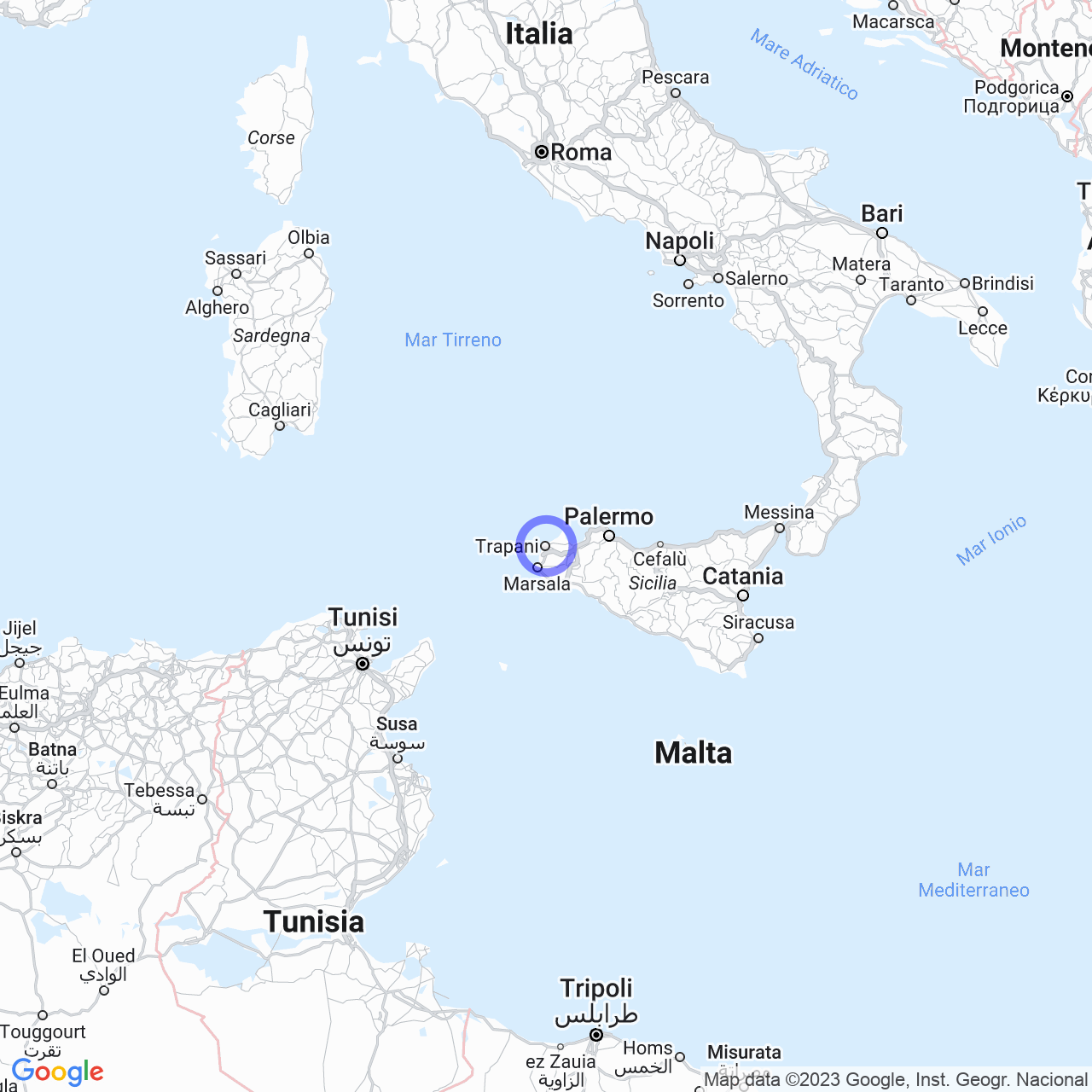Trapani
Hi everyone! Today we will talk about Trapani, a city located in the western part of Sicily. With a population of over 55,000 inhabitants, Trapani has been the pulsating heart of the salt and marble extraction industry. The city was founded by the Elimi, a protohistoric people who settled in the western part of Sicily. Now, let's discover together some curiosities about the city.
Physical Geography
Territory
Trapani is situated on a peninsula called Drepanum, overlooking both the Tyrrhenian Sea and the Sicilian Sea. The municipal territory of Trapani is the second largest in the province after that of Marsala and is crossed by the Chinisia river.

Climate
Trapani has a typical Mediterranean climate with mild winters and hot summers. Annual rainfall is about 450 mm, with very low autumn peaks. Winds are frequent and the maximum annual temperature can reach 40°C.
Origins of the name
Legend has it that the name of Trapani derives from a sickle that fell from the hands of Ceres or Saturn and was subsequently transformed into a peninsula. Instead, in Virgil's Aeneid, Trapani, or Drepanum, is mentioned as being visited by Aeneas, who organized games.
History
The foundation
Trapani was founded by the Elimi during the protohistoric era of western Sicily. Later, our Greek and Roman ancestors settled in the region, followed by the maritime powers of the Mediterranean.
The economy
Salt has long been the most iconic product of Trapani, along with marble extraction. Today, however, the economy is mainly based on tourism and commerce, with a thriving fishing activity.
What to visit
What not to miss in Trapani? Certainly the Tower of Ligny, a historic monument dating back to the Spanish domination also used as an anti-aircraft post during World War II. Nearby is also the Church of San Pietro, which houses a coral and turtle nativity scene, truly unique in the world. Equally important to visit are also the Palace of the Giudecca, the Tower of San Giovanni and the Basilica-Sanctuary of Maria Santissima Annunziata.
The sea
Finally, the sea of Trapani is simply unforgettable. Immersed in the most classic Mediterranean style, from Trapani it is possible to admire the intersection between the Tyrrhenian Sea and the Sicilian Sea. You can also enjoy the beaches of San Vito Lo Capo, just twenty minutes by car.
And so, we have finished our journey of discovery of Trapani, a city that preserves its natural, historical, and cultural beauty. Thanks for reading, see you soon!
